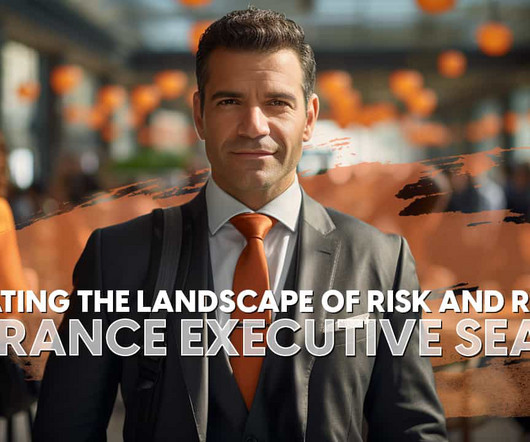Insurance Executive Search: Navigating the Landscape of Risk and Reward
N2Growth Blog
DECEMBER 26, 2023
They are no longer responsible for managing risk but also for driving innovation, enhancing customer experiences, and achieving sustainable growth. Strong strategic leadership skills, including the ability to inspire and motivate teams, are also crucial in navigating the complexities of the insurance sector.












Let's personalize your content